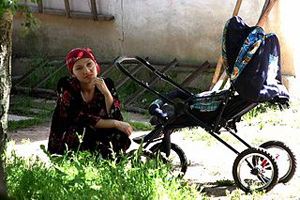
Paul Vandenberg
Paul Vandenberg is a Senior Economist in the Economic Research and Regional Cooperation Department of the Asian Development Bank.

- Economics, Health, Social development and protection

- Industry and trade

- Agriculture and natural resources

- Governance and public sector management



